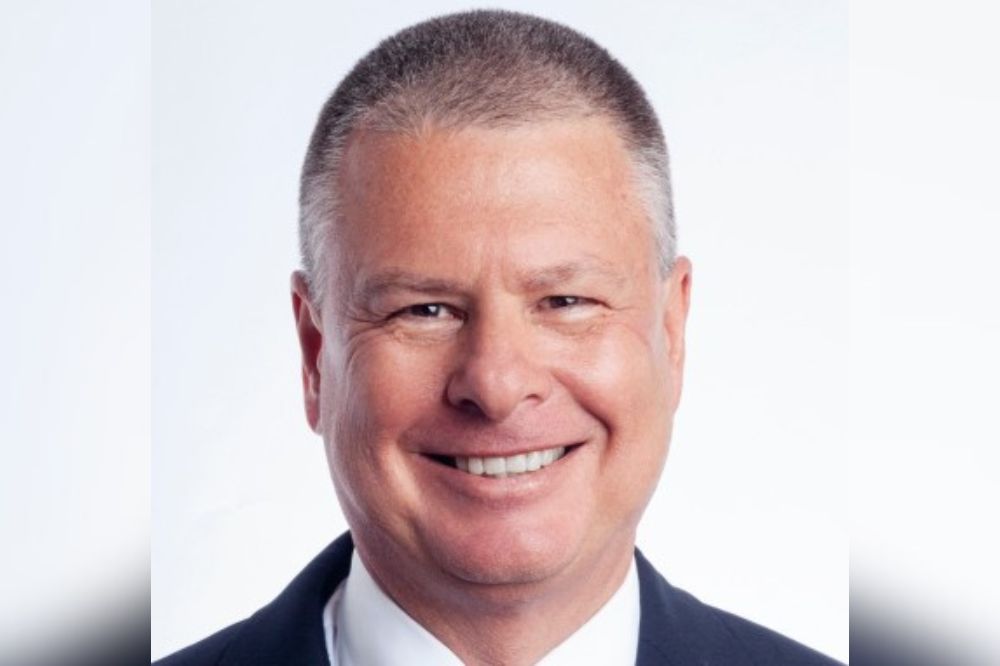What are the increasing risk factors in insurance?

What are the increasing risk factors in insurance? | Insurance Business Australia
Insurance News
What are the increasing risk factors in insurance?
Think AI, energy and more…
Insurance News
By
Daniel Wood
At the Financial Services Accountants Association (FSAA) National Conference in Sydney, insurance industry stakeholders discussed the challenges and opportunities of current and emerging risk areas, from cyber to natural catastrophes and renewable energy.
“Think about it in terms of disruptive technologies,” said Kirstin McMullan (pictured above). “Obviously, AI [artificial intelligence] is something that everyone’s talking about right now.”
McCullen, principal consultant for natural catastrophe for Aon Global Risk Consulting (AGRC), was part of a panel discussion titled, ‘Increasing Risk Factors’. She said AI is unregulated and, in terms of the risk that it poses, there are concerns about AI’s cyber influence “and what kind of impacts that has on all different entities.”
“We don’t have a way to quantify that risk at the moment and that’s not in any other cyber models that we have,” said McCullen. “So that’s going to be another change that we’re going to have to implement before those types of scams and hacks get to high levels.”
On the same panel, Steve Girvan (pictured immediately below), director in EY’s actuarial practice with a background in general insurance, warned of the risks of digital currency.

“Digital currency has some inherent risks associated with it,” he said. “One that really sticks out in my mind is that it has the ability to facilitate the illicit economy.”
Girvan said that will lead to governments seeking to address this concern. “It’s also vulnerable to digital insecurity,” he said.
The rise of parametric solutions?
The panel was asked what types of new insurance products could come to the fore as “a result of emerging sustainability expectations?”
“We’re seeing a lot of risk transfer solutions and other markets coming in offering limits in terms of parametric solutions rather than traditional covers,” said McCullen.
She said parametric solutions have existed for many years but now they are becoming more cost effective.
“That’s definitely an area where we’re seeing a lot more traction within the last year following serious events and it’s becoming a much bigger discussion in terms of traditional program placements,” said McCullen.
She said the opportunity for these alternative offerings is presented, for example, when traditional insurance coverages only pay when certain windspeeds or river heights are reached.
“Where these exclusions are coming in, this is where there is a gap in coverage and these types of policies [i.e. parametrics] can slot in,” she said. “They weren’t as affordable as they are now,” she said.
Renewable energy opportunities
Rade Musulin (pictured immediately below), the third panellist in the discussion, said new products and skillsets are being developed to deal with emerging risks in the renewable energy sector.
“We’ve got actuaries now working in energy companies that are using their skills and analysing tail risk to think about the likelihood of the renewable grid going down and having to use backup power from gas or something else, and how much do you actually build in terms of capacity, to in effect, reinsure the renewable grid?” he said.

Musulin is a Sydney-based principal at Finity Consulting, specialising in extreme events and climate risks.
“There are actually now products and skills being developed to apply what we used to do for earthquakes and instead think about it in terms of the renewable grid failing,” he said.
Musulin said the “shift to a different economy” is going to present openings for new and interesting products, including reinsurance opportunities.
Girvan said he expects new products to continue developing to address emerging risks.
“The risk that comes to my mind most obviously, is cyber protections,” he said. “That is a very significant growth area in terms of gross written premium.”
Like Musulin, he also pointed to the energy sector.
“We’re seeing the renewable sector being very attractive for insurers,” he said.
Are you attending the FSAA conference? What other insurance issues have come up? Please tell us below
Keep up with the latest news and events
Join our mailing list, it’s free!






